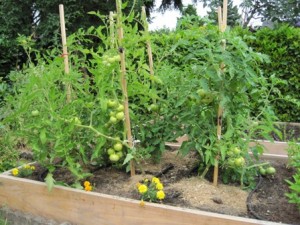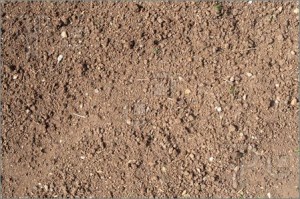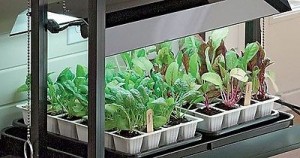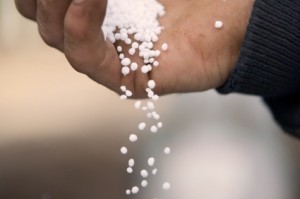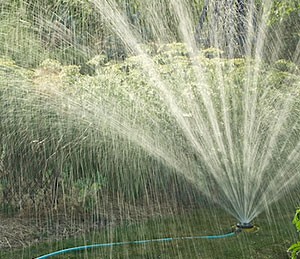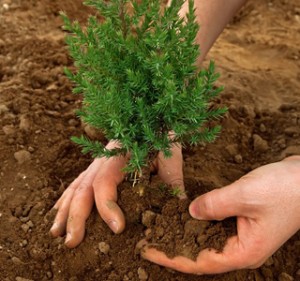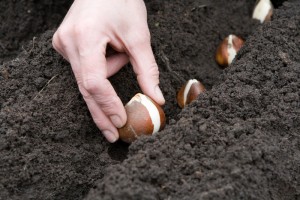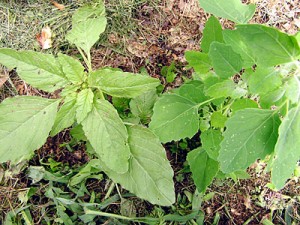Are you excited about the prospect of a new garden? If so, it makes sense that you can’t wait to start breaking soil. However, before you do, be sure you’re aware of the following mistakes to avoid.
Going Too Big, Too Early
Everyone has in their heads the idea of a nice, big, luscious garden. Maybe you see it as being sufficient to cover your entire produce needs or maybe you just want a beautiful landscaping feature you can show off to neighbours. In any case, start nice and slow. This means don’t use up more of your lot than you can immediately support and don’t plant more vegetation than you’ll be able to handle.
Make this mistake and your garden will not only be a disaster, but a time consuming one that costs you a lot of money too.
Not Giving the Soil Enough Attention
Again, another tempting mistake is to concentrate too much on the plants you’ll be enjoying and not enough on the ground beneath it. To put it simply, without quality soil, you won’t get quality plants. It’s really as easy as that.
Before planting, you have to prepare the soil sufficiently. You can still augment it after you’re doing planting, but this won’t have the same effect as what you do prior to breaking ground. Basically, once seeds take root, you’ll do more damage than good by addressing the soil.
Ignoring the Light Your Plants Require
Remember that your plants need more than just dirt and water. They also need light. Many of them will need a lot of it too. When choosing where to plant your garden, be sure you’re aware of how much sunlight you’ll be able to get wherever you put it. A certain spot that looks particularly pretty in the morning may get no sun whatsoever at noon, meaning your plants will be in a lot of trouble.
However, you can’t accurately measure how much sun you need without knowing how much sun each plant needs. Do your research or simply look at the packets your seeds come in. This will give you a better idea of where to plant specific vegetation as well.
Too Much or Too Little Fertilizer
Although we all know fertilizer is a good thing, there’s such thing as too much of it. Obviously, if you don’t give your soil enough fertilizer, it won’t be able to help your plants reach their potential. But it would be just as big a mistake to think that dumping a whole bag of fertilizer in the soil is a good thing to do.
Fertilizer comes rich in nitrogen, which is how it helps plants grow. However, too much nitrogen will lead to unhealthy amounts of top growth and eventually interfere with your vegetation’s growth as well.
Doing the Same with Water
Another essential component your plants need is water. But, like fertilizer, this also means you must be careful about the amount you give your plants. Too much is just as bad as giving them too little. Without enough water, plants can’t metabolize all those nutrients you give them. Once they begin wilting from lack of H2O, it’s usually too late to start bathing them in water too. So when watering your plants, make sure it gets down to their roots where it’s important.
However, don’t go watering them so much that water starts pooling at the surface. Too much water can literally drown your plants or even just strip them of necessary nutrients.
Planting at the Wrong Depth
Did you know that not all seeds should be planted at the same depth in your soil? If you didn’t know this, you’re taking on a lot of risk with your garden. It’s very possible that you’re not seeing the results you want because you aren’t planting seeds at the right level.
Although bigger seeds tend to prefer lower depths, it’s important you look into the ideal amount for whatever you’re planting. Otherwise, you could be wasting a lot of money on resources that simply aren’t able to address your seed as they should. Obviously, the upshot is a garden that doesn’t perform up to standards.
Planting Bulbs the Wrong way
Bulbs and other vegetation like garlic and onions must be planted a certain way in order for them to grow properly. This means they basically have a “this side up” and “this side down” to them. If you plant them the wrong way, you’ll definitely be disappointed with the results you receive. The roots will actually have to work overtime in order to figure out which way they need to grow in order to find sunlight. Unfortunately, this process may take so much energy that the plant actually becomes weak in the process and can’t thrive.
Planting Too Closely
Another mistake you can make with planting is not giving your vegetation enough space from one another. By putting them too closely to one another, plants are forced to fight one another for soil, sunlight and water. This never ends well, as you can probably imagine. So be sure to check the packet your seeds came in for instructions on how to space them from other plants. When you’re planting them, seeds can seem so tiny it hardly matters where they go, but the truth is that they’ll soon cause plenty of problems if you’re not careful.
Letting Weeds Get Too Big
There’s something satisfying about finding a nice big weed and ripping it out of the ground so it can cause any more harm. Unfortunately, by that point, it probably has and can still leave a ripple effect after you ripped it from the ground.
So instead, be sure to look for weeds when they’re nice and small and eliminate them then. The smaller they are, the less of a root system they’ve been able to develop and thus the fewer nutrients they’ve had time to devour.
While a lot more goes into the perfect garden, the above tips will help you avoid mistakes that could potentially ruin all your hard work.
